Sitting on the cold ground near a pile of gravel, a stack of papers in her lap and pen in hand, Rocío Cjuiro Mescco listened and took notes as about ten of her neighbors conversed in a mix of Spanish and Quechua, an Indigenous language of the Andes. The men and women, all farmers, were writing a letter to their municipal government in Chinchero, Peru.
It was late June 2019, the middle of the southern hemisphere winter. A construction company was clearing ground for a new international airport just across the highway from where they met, and it was using water from a lagoon in their neighborhood without their permission. The company, Altesa, was violating the law of prior consultation, which requires companies and governments to consult with Indigenous communities before using resources on their land, Cjuiro said. Furthermore, Altesa was stealing the water the community needed for animals and crops.
Chinchero, about a 45-minute drive northwest of Cusco, sits at a breathtaking 12,000 feet above sea level. The winters are dry and frigid, but sunny. A short distance away, a small lake glistened. Bright snow-capped mountains hovered on the horizon. And in between, a sprawling mass of bull-dozed brown earth was growing.

For the past five years, Cjuiro has pushed back against the airport and educated herself and her neighbors on the legal rights of Indigenous Peruvians. But fighting against an international development project meant to bolster tourism in one of South America’s most tourist-heavy regions is, in many ways, an uphill battle—against corporations, government entities, and even some of her own neighbors. Cjuiro convinced more than 20 neighbors to sign the letter, but it didn’t stop the construction company.
Covid-19 ground the project to a halt, temporarily. When the pandemic hit in March, tourism to Machu Picchu, about 55 miles northwest of Chinchero, came to a complete stop for months. Construction of the airport was set to begin in June last year, but it was delayed as the country became one of the epicenters of the virus in Latin America. Despite cases still surging, Machu Picchu opened back up in November with intermittent closures. And as international tourism begins to ramp up with the arrival of Covid-19 vaccines, construction of the Chinchero airport is expected to begin soon with an opening date in 2025, shortly after analysts say the global tourism industry will be back to normal.
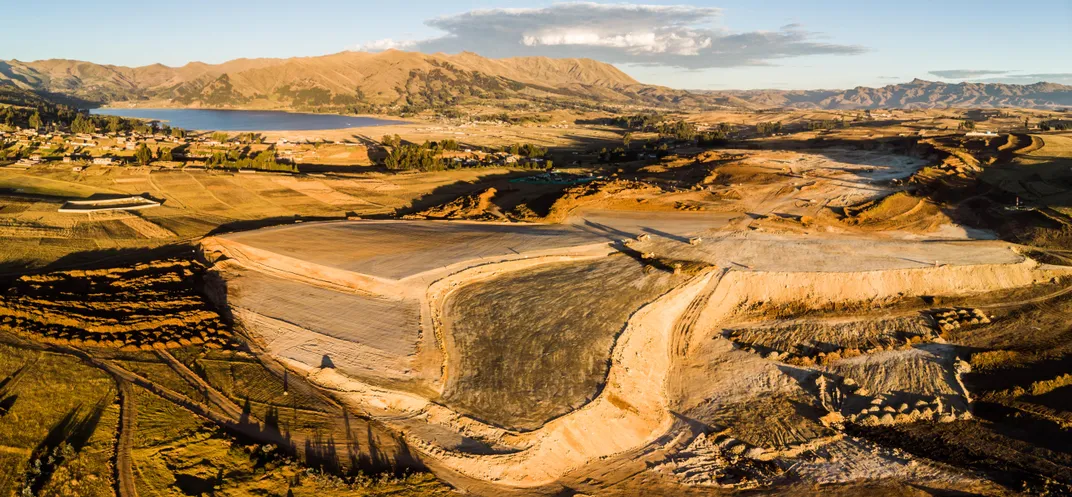
Cjuiro, 36, has renewed her fight as well. Like many in the Cusco region, she has worked in the tourism industry, as a guide. Until the pandemic, tourism provided a livelihood. It also threatened to destroy the very things that make her home an attractive destination.
“I have traveled to other countries—Argentina, Brazil, Germany. I have known those places,” Cjuiro said in 2019. “There is no other Chinchero on any part of the planet Earth.”
For most of its nearly 600-year history, Chinchero was an agrarian town. It was built as a retreat for Inca royalty in the 15th century before the Spanish colonized the area the following century. For generations, Chincherinos have farmed the rich, fertile land, specializing in a variety of potatoes and other colorful tubers. When describing Chinchero today, many of its 10,000 residents contrast it to the larger cities of Cusco and Lima, with populations of more than 400,000 and 8.5 million respectively, or even the more tourist-heavy town Ollantaytambo, which harbors a stop for the train to Machu Picchu. Chinchero is different. It’s tranquil, they say.
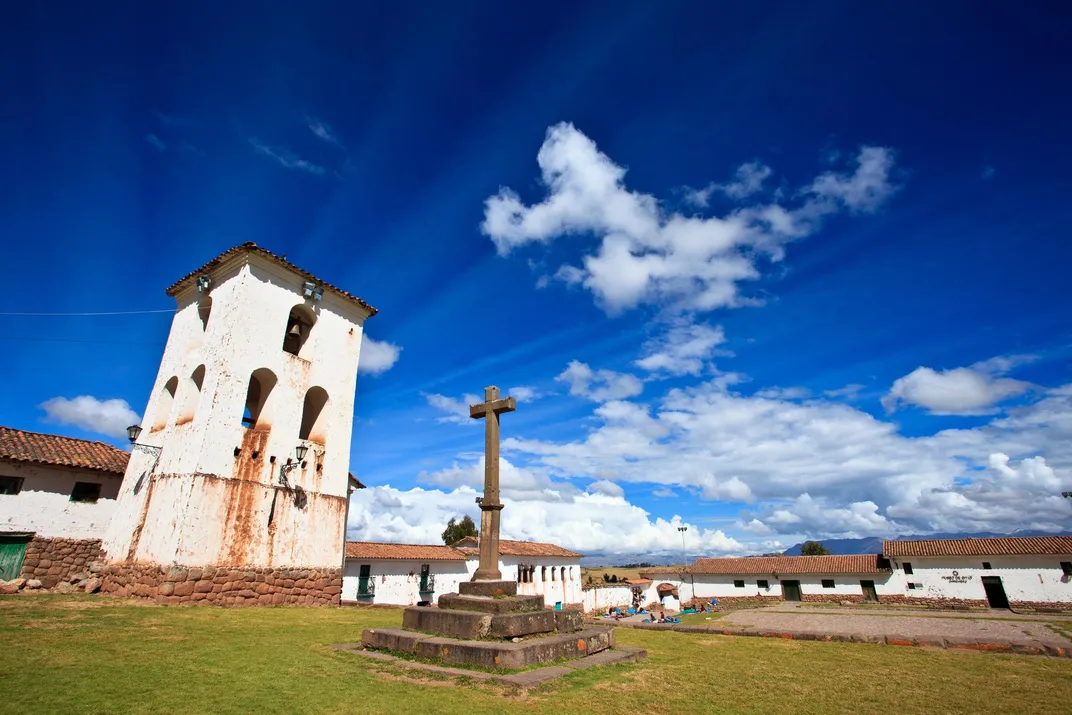
The International Airport of Chinchero-Cusco is being built to replace the small, outdated Alejandro Velasco Astete International Airport in the middle of Cusco, which serves as a hub for most visitors to Machu Picchu—more than 1 million annually in a typical pre-pandemic year. The Cusco airport can only handle direct international flights from Colombia, Bolivia and Chile. Officials have touted the Chinchero airport as capable of handling direct flights from as far as Europe or Miami, allowing tourists to bypass Lima. With only one main thoroughfare, Chinchero will be inundated with newcomers for better or worse.
Chinchero Mayor Héctor Cusicuna supports the project. The town needs development, he says, and, like many Sacred Valley of the Incas towns between Cusco and Machu Picchu, Chinchero’s economy has been shifting from agriculture to tourism. Women increasingly work in textilerías, weaving sweaters and other clothing from alpaca and llama wool to sell to stray tourists passing through, and some residents have opened boutique hotels or Airbnbs for the occasional overnight guest. But Cusicuna maintains that Chinchero is not ready for the cascade the airport would bring. “We’re not seeing urban development as it should be, with water treatment services, electricity, expanding streets,” he says. “That’s a concern.”
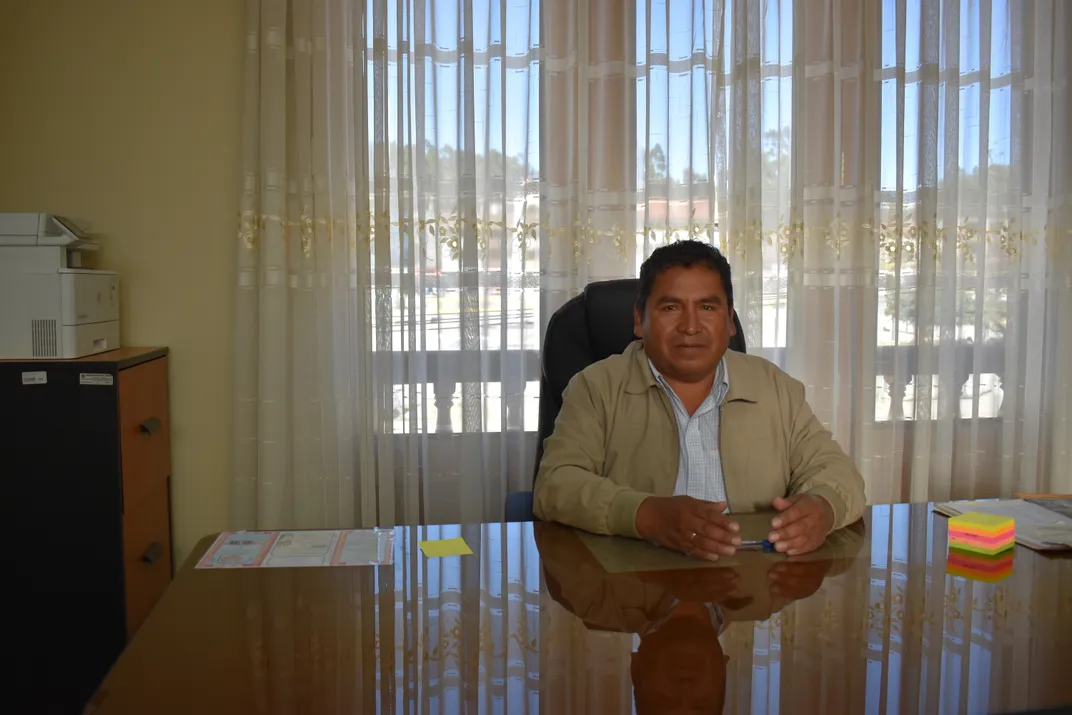
Cusicuna presides over Chinchero at a pivotal moment. It’s a risky bet to invest in international tourism in the middle of a global pandemic, but Chinchero has few options, which makes Cusicuna uneasy. “We don’t have factories or mines,” he says. “We used to have agriculture, but it is not profitable. For the people here, artisan work is most important.”
Cjuiro pushes back on the idea that everyone in Chinchero relies on tourism and textilerías. Many still grow much of the food their families eat. She admits, however, that agriculture requires a big investment of time and labor. Using a machine to make a sweater to sell to a tourist has a much quicker and larger payoff.
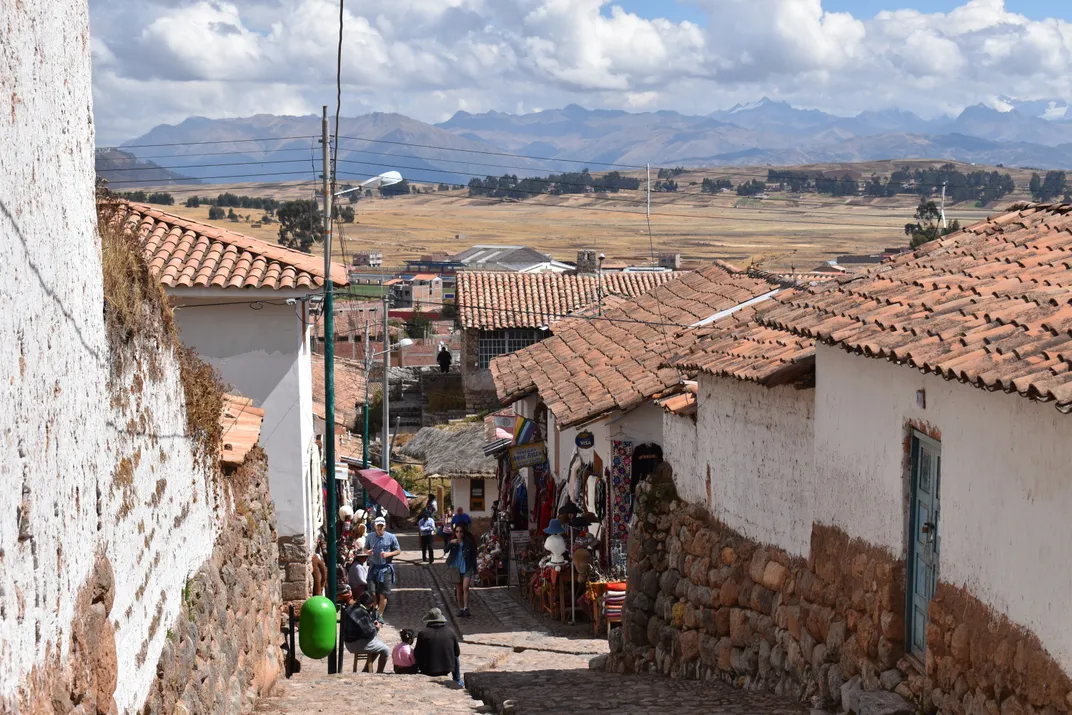
In 1978, the Peruvian government chose a plot of land in Chinchero for a new state-of-the-art airport. But political violence, economic upheaval and corruption delayed the project countless times. Finally, in the last ten years, it seemed to finally be taking off. In 2011, Chincherinos with land in the airport zone agreed to sell it in a private vote, atypical in a community that usually votes publicly with raised hands. The following year President Ollanta Humala signed a law allowing the government to expropriate land for the airport. The development project would help alleviate poverty, he said, “while always respecting ancient culture.” In 2019, ground was broken.
Workers unions in the region have been some of the airport’s strongest supporters. Leonardo Chile Letona, who was secretary general of the Cusco workers union in 2019, sees the airport as part of a long history of fighting for investment in the region. He compared it to the struggle to build a hydroelectric dam near Machu Picchu in the 1960s, which provided electricity for the whole region. “If there was no fight, we wouldn’t have electricity,” he said in 2019. “If there isn’t a fight, there won’t be an airport.”
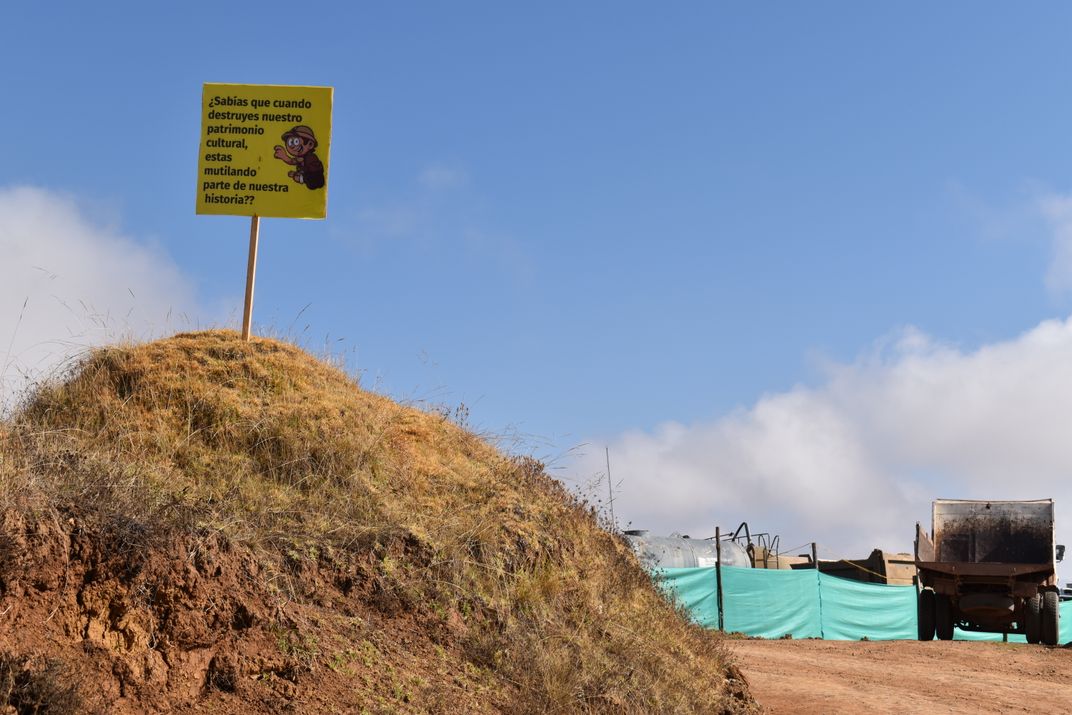
Chile grew up with ten siblings, and his parents were illiterate. He worked his way through school with scholarships and now works at the National University of St. Anthony the Abbot of Cusco (UNSAAC) as the dean of education, a job he held alongside his role in the union. He sometimes makes a point to speak to his graduate students in Quechua, a language that still carries a stigma in Cusco. He sees it as a form of resistance, he says.
In a perfect world, Chile would like to see the Chinchero airport built and the Cusco airport turned into a public botanical park. He wants the region to feel in control of its own destiny. “They declare us the wonder of the world, Machu Picchu,” he said. “And Cusco is a very beautiful city. But people take advantage of it.”
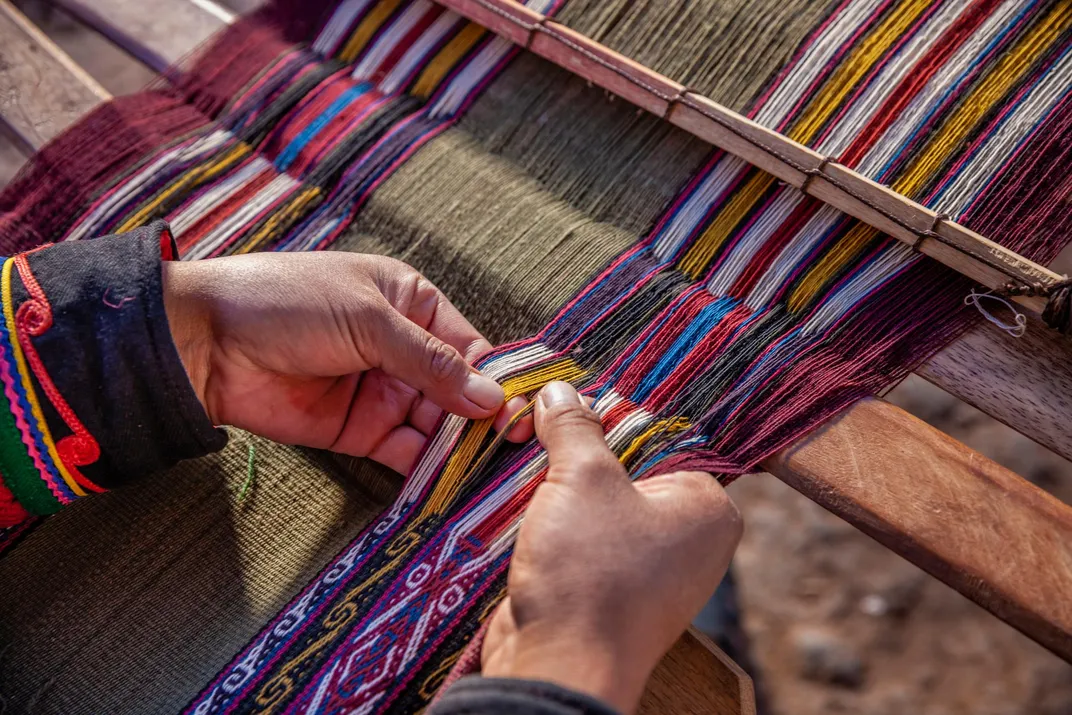
Cjuiro says she used to see the airport as regional “vindication,” too, a word that many supporters use. But the more she learned about it, the more she realized it would lead to destruction, not development. She speaks proudly of her ancestors who struggled for land rights, drawing a connection from the ones who fought for Peru in the War of the Pacific with Chile to the ones who fought for land from abusive landlords in the mid-20th century to her fight against the airport now.
“Before I was blind too,” Cjuiro says. “I did not read and was not informed. But now I’ve learned about water and land rights. We need to know what’s happening on our own land, in our own Indigenous communities.”
On February 1, the World Monuments Fund, an organization dedicated to preserving heritage sites around the world, wrote a letter to Peruvian President Francisco Sagasti asking him to delay the next phase of construction of the airport, which was supposed to begin this month. They are asking the government to follow through on a 2019 request from UNESCO to complete a heritage impact assessment of Machu Picchu, the city of Cusco, and Qhapaq Ñan, a 30,000-kilometer Inca road network that goes through Chinchero. “The land removal will mean the irreversible destruction of the cultural landscape of Chinchero,” it states.
The letter follows a popular petition published on change.org two years ago pleading with the government to stop the project to protect the cultural patrimony of the Sacred Valley. The petition went viral online and in the international press, and it now has more than 100,000 signatures.
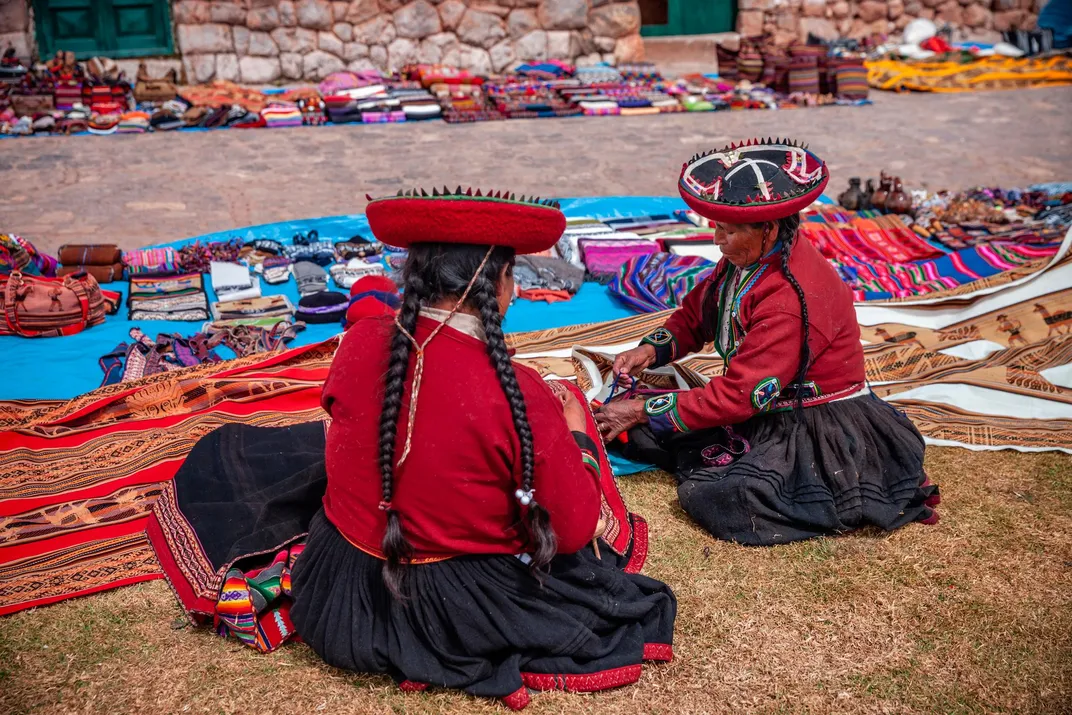
Natalia Majluf, an art historian and the former director of the Museo de Arte de Lima, created the petition with Peruvian historians Gabriela Ramos and Mónica Ricketts. She distinctly recalls visiting the Inca ruins in Chinchero many years ago, struck by the terraces and the still erect stone wall browned from time. The memory was one of her main motivations in writing the petition.
“I'm not someone who is particularly taken with landscape and nature. I'm sort of a bookworm,” Majluf says. “But I was I was completely overwhelmed by the beauty of that place. … This is not just a view. It is much more than that.”
Academics, historians, archaeologists and journalists around the world have joined Majluf in opposition to the project. Countless headlines decry potential catastrophic damage to Machu Picchu, which could see even more tourists, and other Inca ruins in the airport’s flight paths. But Majluf says these consequences are just the tip of the iceberg.
Bruno Papi, a retired pilot who spent more than 30 years with the Peruvian Air Force, works with Majluf to convince the government that this project is a bad idea. He says the location of the airport—roughly 1,000 feet higher in elevation than the Cusco airport and surrounded by mountains—will make it challenging to fly in and out, especially for long-haul international flights. In 2019, about six months after the ground was broken, the Ministry of Transport and Communications admitted the airport would not be able to accommodate transoceanic flights—a far cry from their initial promise of direct flights from Europe. In the worst-case scenario, Papi predicts, the airport will be completely inoperable.
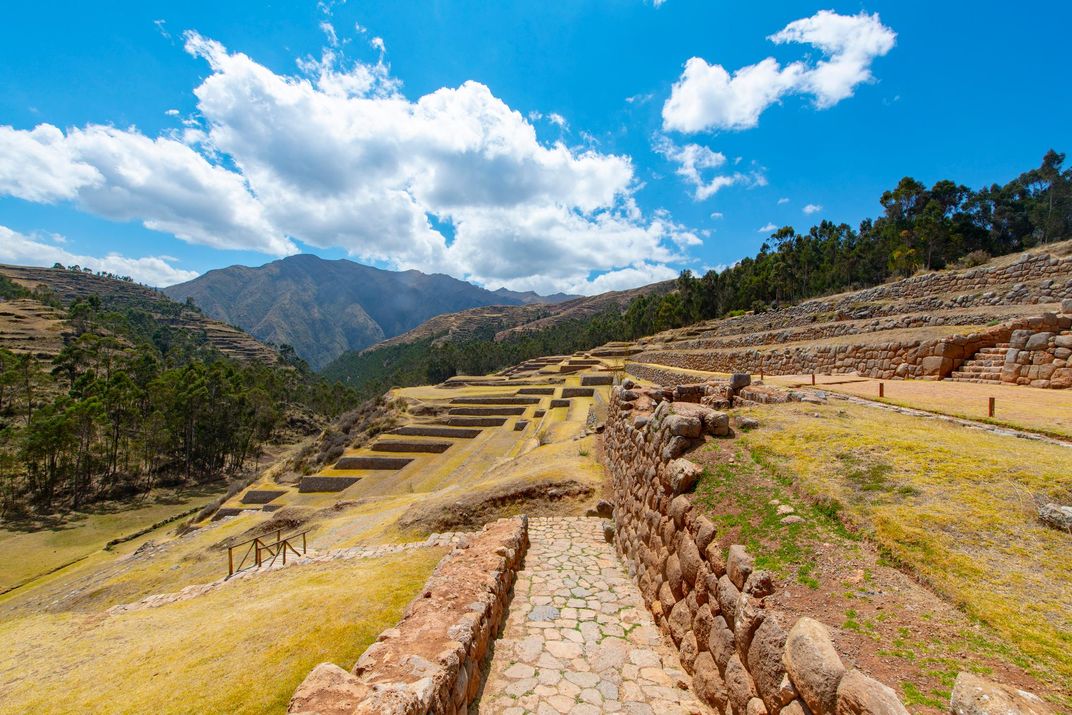
Environmentalists oppose the project as well. Though very dry in the winter, the land in Chinchero stays irrigated through an ecosystem of wetlands that connect springs, lakes, lagoons and swamps. Óscar Paredes Pando, an anthropology professor at UNSAAC who focuses on environmental issues, has studied wetland ecosystems for 30 years. He says the ecosystem in Chinchero is delicate, and the airport threatens its existence. Paredes has counted 17 springs within the airport zone. All of them, he says, would disappear during construction.
In January, a group based in Cusco called the Citizen Union for the Defense and Valuation of Cultural Heritage and the Environment filed two lawsuits against Peru’s Ministry of Transport and Communications, the Ministry of Culture and the South Korean consortium contracted to build the airport. One lawsuit claims the Peruvian government is violating historical heritage protection rights, and the other says the airport will damage water resources.
Water is life, Cjuiro says. In the meeting with her neighbors in June 2019, she explained the wetland system. The construction company had been barred from using the water in one lake, but they were draining a lagoon in Cjuiro’s community. “It’s all interconnected, like veins in the human body,” Cjuiro said afterward. “The heart pumps the blood to all the parts of the body. It’s the same here with water.”
Like most of the world, the pandemic has upended daily life in Chinchero and the surrounding region. Government officials eager to stimulate the economy are pushing for tourism to resume. But some on the ground are wary. Covid-19 cases have spiked since the beginning of the year, and visits to Machu Picchu and other tourist destinations are currently suspended until the end of the month. Construction of the airport has not yet resumed, and it’s not clear how long this latest delay will last.
The pandemic has also softened some support for the airport. Chile, the former secretary general of the Cusco workers union, says he still thinks the airport should be built in Chinchero, but it has become increasingly clear to him that the Cusco region needs to invest in something other than tourism, too. “We cannot live off of hope for tourism,” Chile said this past August. “It is a very volatile activity. … There must also be other types of economic activity that do not paralyze our economy as tourism has.”
Almost everyone agrees Cusco needs a new airport, but it doesn’t need to be in Chinchero. Many opponents say other places in the outskirts of Cusco could use the economic boost without sacrificing heritage. At the same time, many of those who work in the tourism industry are pushing to diversify it and encourage tourists to visit other parts of the country, not just Machu Picchu. The pandemic could be the factor that decides which direction the industry will go.
As a tour guide, Cjuiro has been mostly out of work during the pandemic, but she continues to farm the land passed down from her ancestors. Many of her neighbors have been, too. But for her, the absence of tourism, while economically devastating, has a silver lining. As unemployment skyrocketed across the country, young Chincherinos who had moved to Cusco and Lima for work returned home, and the pace of life slowed. The community began to participate in the Inca tradition of ayni again—a Quechua word meaning “reciprocity,” neighbors helping neighbors.
“We are returning to the old systems—ayni, family, agriculture. As there is no economic movement, this is how we are living,” she says. “The pandemic has brought us time to rest.”
Planning Your Next Trip?
Explore great travel deals
Smithsonian magazine participates in affiliate link advertising programs. If you purchase an item through these links, we receive a commission.
/https://tf-cmsv2-smithsonianmag-media.s3.amazonaws.com/filer/97/94/9794742e-e250-49ab-89ea-640b177e2bad/chinchero_countryside_mobile.jpg)
/https://tf-cmsv2-smithsonianmag-media.s3.amazonaws.com/filer/12/ae/12ae4a88-86a6-415b-80c4-0eeb5ea43c8a/chinchero_countryside_banner.jpg)
/https://tf-cmsv2-smithsonianmag-media.s3.amazonaws.com/accounts/headshot/colleenc.png)
/https://tf-cmsv2-smithsonianmag-media.s3.amazonaws.com/accounts/headshot/colleenc.png)